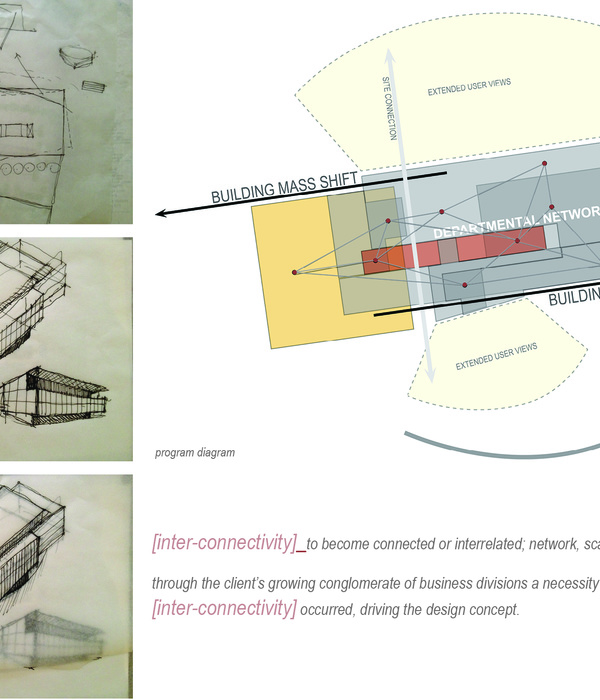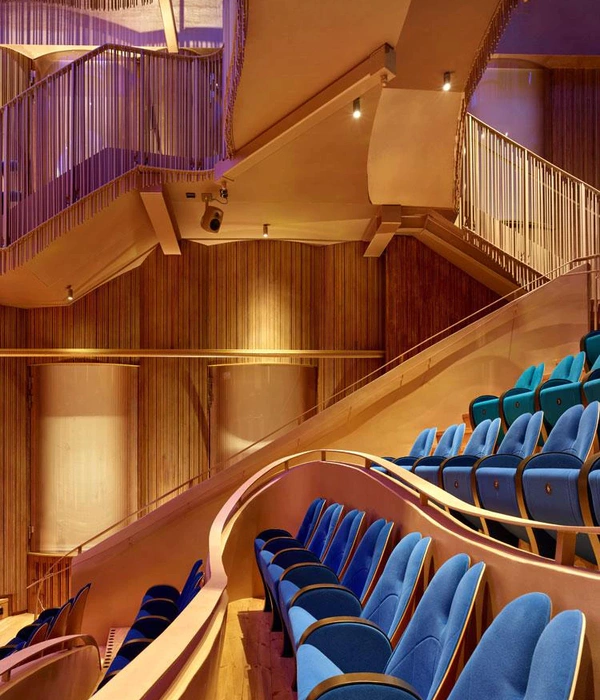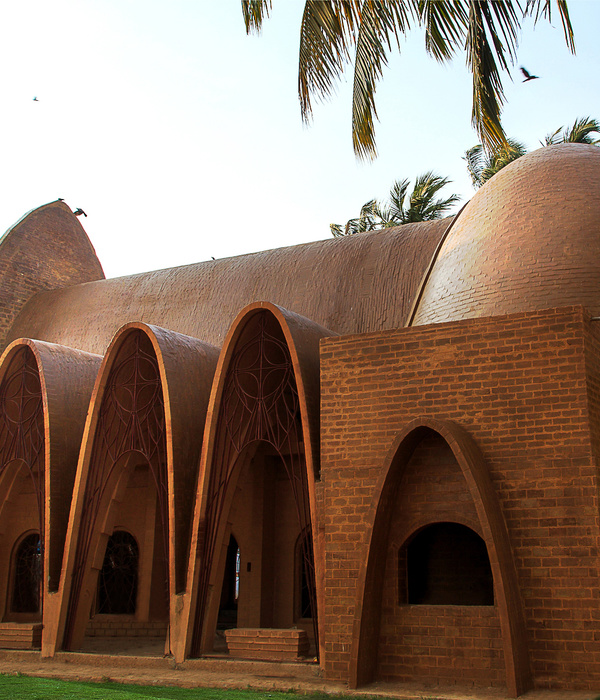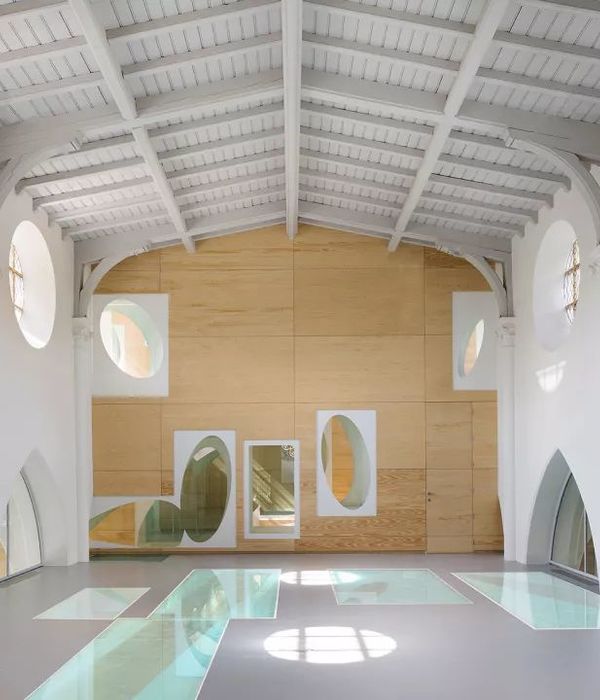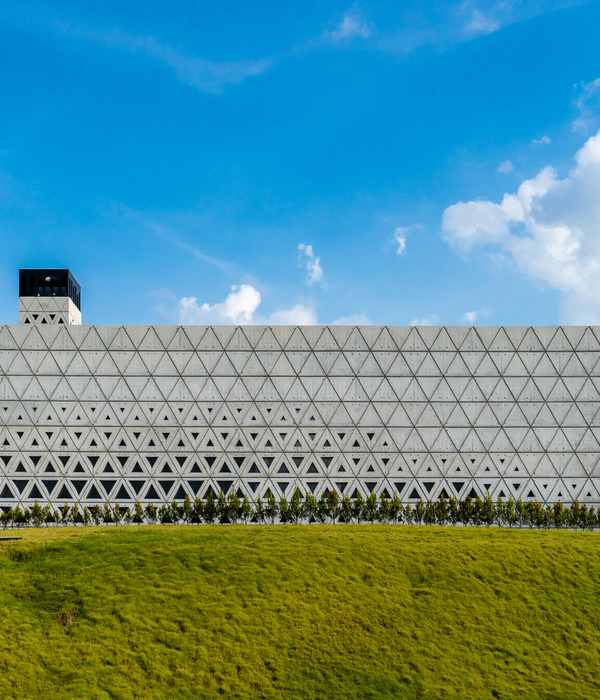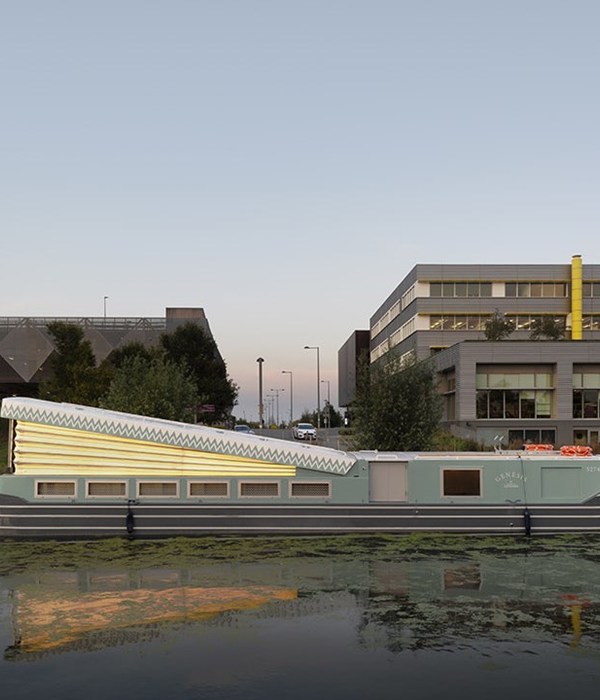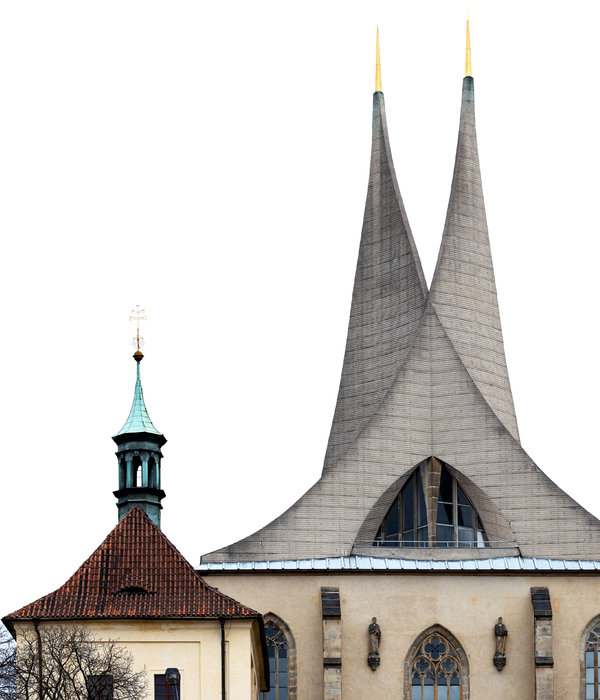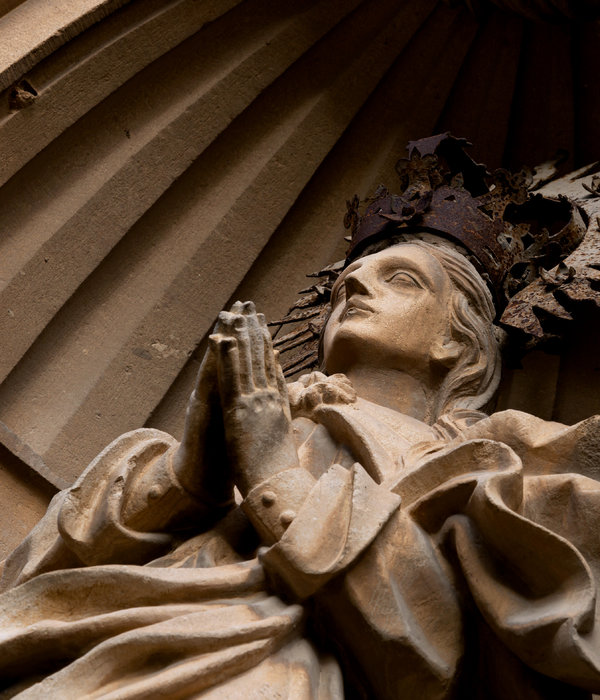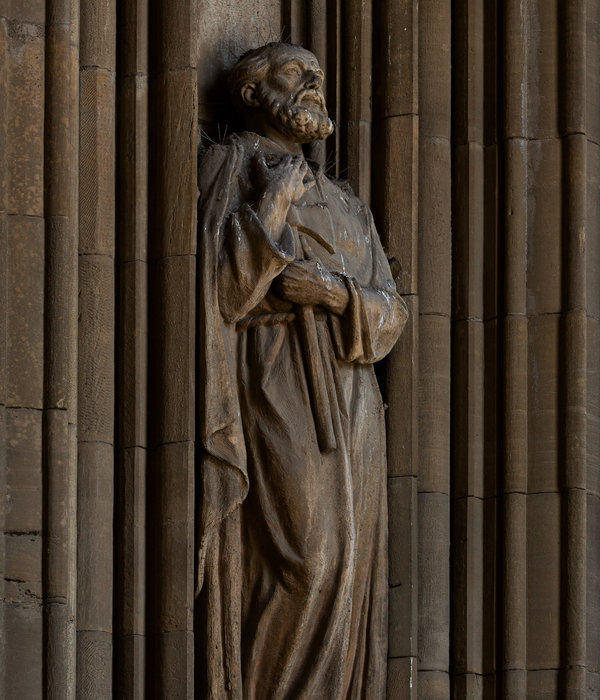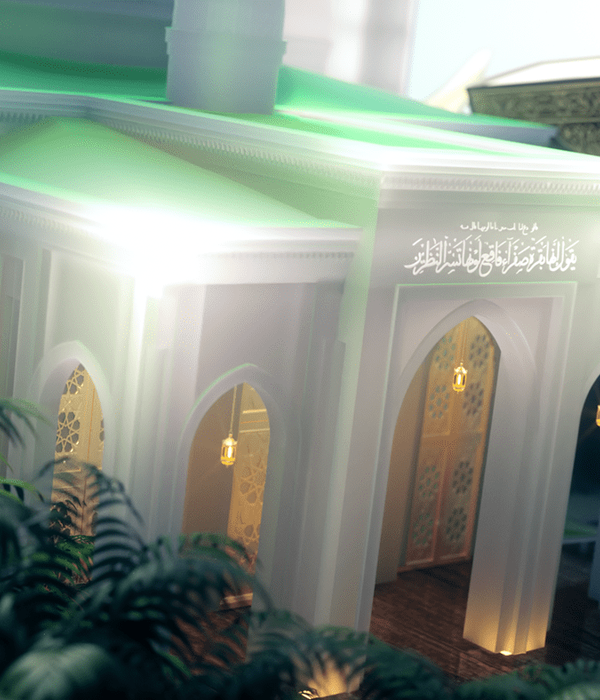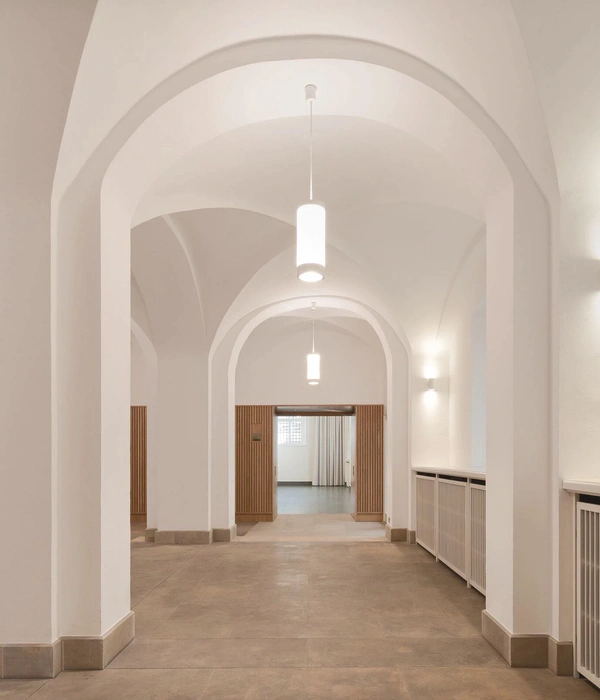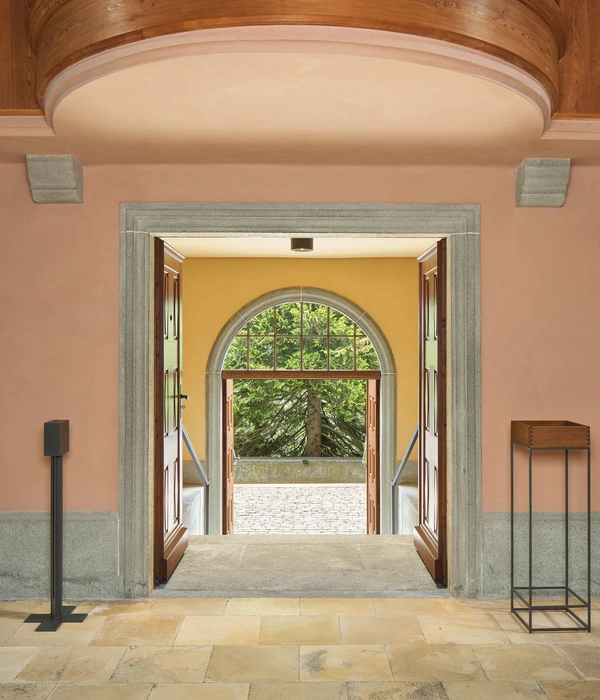Less Reliable– More Desirable Didem Yazıcı
The first internet website went online a quarter of a century ago and the first web browser capable of displaying online images was introduced two years later in 1993. In parallel with this life-changing digital revolution, from 24 hour news cycles to sophisticated surveillance software, the widespread use of computer programs and applications on tablets and smart phones has radically changed the production and circulation of knowledge today. Massive amounts of image and text-based information are disseminated, consumed and surveiled simultaneously all across the world. The ocean of online images on our screens has gradually become less reliable and more desirable. This seemingly limitless information from known and unknown sources, showing up in a diverse range of contexts – such as political, confessional, educational and personal – reflects the way people think, feel and live today. Reading your Sunday newspaper on your tablet, writing an e-mail, watching a film on a screen, seeing a performative poem on YouTube, scheduling a meeting on Doodle, joining a discussion on a web forum, reading an e-book on a Kindle, browsing online-exhibitions, learning on wikipedia, sharing your academic paper as a facebook note, marrying your online date, having a job interview over Skype, writing history through revolutionary shares on twitter during a civil movement, contributing to a social change by signing an online petition … new technology has become integrated in every stage and every moment of daily life through touch screens and digital displays. Every traceable action and byte of information is interconnected through a complex, non-linear network. This networked ecosystem carries with it complex power relations and digital feudalism that are at odds with the ideal of a democratic internet.
Experiencing Peter Zimmermann’s work with this in mind allows one a deeper understanding of his practice and artistic methodology and the complex role of post- digital aesthetics in painting today. A technologically forward-thinking artist, who continuously approaches painting from a theoretical standpoint and contemplates what defines painting today, Zimmermann picks up on the logic of twenty-first-century digital visual thinking: If I would have lived 100 years before, I would paint landscape, but now in our times, everything you know about the world, you know either from television screens or on computer screens. That’s how the world gets into your brain.1 This straightforward logic of what is to be painted provides insight to Zimmermann’s free- wheeling and clear approach. The artist’s own words here not only reflect the change in learning forms with new interfaces and media, but also how the zeitgeist can be translated into painting. He shares the same genuine artistic curiosity with early modernist painters and applies his own vision to today’s visual grammar. More than a decade ago, when the recent term “postinternet art” was not yet coined, Zimmermann was working with emergent technologies that allowed him to edit images and to determine the composition and abstraction of his paintings. For this particular process, he has been utilizing the tools of new media art, but not necessarily practicing new media art. Rather, he is reinventing the medium of painting in his own terms, finding a new way of looking at this traditional practice. In the case of the exhibition, Freiburg School, he proposes to not only look at a painting, but to actually be part of it. Although he has been making spatial installations, poster walls and series of box objects since the early 1990’s, conceptual painting has been a labor of love for him since his first years at the art academy. If we were to think of an artist, working with a similar approach to Zimmermann, who adapts the change in the tools of painting, we would need to look at an upcoming generation of artists making paintings with postinternet aesthetics.
Throughout modern and contemporary art history, the traditional understanding of painting has shifted; becoming more process-related, more sculptural and site-aware. The artistic practice of Zimmermann is contributing not only to the field of conceptual painting but also to the transformation of the medium itself. In the exhibition Freiburg School, Zimmermann radically transforms the museum space into a single work in which the floor becomes a canvas and the exhibition ground turns into a massive spatial painting. The large-scale floor piece, created in situ for the exhibition is not only a painting, but a room installation one can walk through. In order to experience the exhibition in its entirety, the audience is not only asked to look at the painting, but to be an embodied part of it. Simple actions like walking, sitting and standing implicate viewers as integral components in the experience of the work. The epicenter of the exhibition is the confrontation of two distinct bodies of work. One monumental floor piece, created in situ for the museum’s space, and a series of recent wall-based oil paintings will be exhibited together for the first time in such a constellation. The wall paintings depend on a similar process in creation of their formal compositions, but require different techniques and material. Regardless the difference in material (oil paint resp. epoxy resin), the abstract shapes in the paintings are composed in a way that the technological background process can be subtly understood. In both cases, Zimmermann uses image software techniques to manipulate and play with personal or anonymous images from his visual archive. These initial digital images are either found online or scanned and printed material. At the end of the artistic procedure, they have new shapes as they blur and create new fluid forms. There is something curious and magical about this process of creating the compositions. The method of abstraction is a pure function of the software, but the degree of abstraction and the image selection are the artist’s own careful decision; a painstaking yet conversational collaboration between painter and computer. The artistic process is closely linked to the context of the work.
When you post an image on Instagram, a photosharing smartphone app, it offers various filter choices, each with different names and concepts: Lo-fi, Toaster, 1977, Crema, Ludwig, Perpetua, Valencia, X-pro II … Each is capable of changing the aura of your images in seconds. One may lend a futuristic effect while another produces an image that feels right out of the 1950’s. Similar to the tools and aesthetics of Instagram, Zimmermann works with various image editors and filters for the abstraction process. When he talks about people becoming increasingly suspicious and unable to trust what they see, it is certainly because this question of manipulation has entered our lives without reservation. Despite their deceitful nature, these manipulated, shiny forms carry a certain beauty. The bold and the accidental character of Zimmermann’s luminous paintings give them an incredibly playful and attractive look. They are impulsive and unstable; exhibiting a strange sort of in-your-face attractiveness. This shiny allure is heightened by the sense that they are symbolic of another preexisting set of images. It is possible to see this approach in his early works such as book-cover paintings, text paintings and text sculptures. There is the same ambition for translating existing textual or imagery material into a new format and visual language. When Zimmermann talks about his early paintings which depict book covers of travel guides, he refers to learned, memorized and almost controlled experiences. Do you only perceive what you read before in the guide book or do you perceive other things you haven’t formulated in language before?2 In his recent paintings, the original, un-manipulated or unformulated image is still present in the painting, partially visible, it recalls its own history and context. For Freiburg School he worked with pictures of his paintings and installation shots for the first time. This marks a major self-reflective moment in his practice. Numbers of exhibitions, paintings and other works Zimmermann has created since the 1980’s have been gathered into their own archive and embody their own reality; finally ready to be re-contextualized and re-realized.
Installation view
Peter Zimmermann, Schule von Freiburg
Museum für Neue Kunst, Freiburg
Photo: Bernhard Strauss ©VG Bild-Kunst, Bonn 2016
MORE:
Schule von Freiburg
,更多请至:
{{item.text_origin}}

